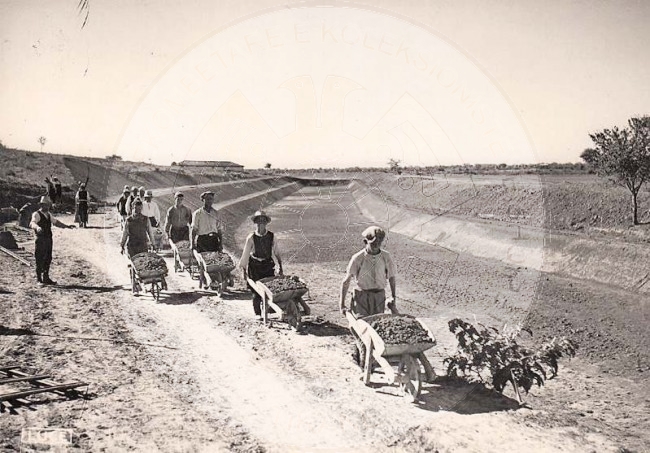At the end of June 1946, during the moat drying, workers discovered casually many archeological objects. All these “antiquities”, as they were called, were carefully preserved and sent to the Tirana Institute of Science. Since then, it is not uncommon for an employee or farmer to notify the scientific authorities that he has found or discovered an “antique” or a place of antiquity. The discovery in Maliq has an extraordinary significance for our country because it constitutes the prehistoric culture called the “Maliq Culture”. Excavations in this center were carried out in 1961-1966 and 1973-1974. As a result, Maliqi I was discovered, the oldest layer of late neoloty, Maliqi II or Neolithic layer and Maliqi III or Bronze Age. Such archaeological centers in our country have been discovered in Koman, which testifies to what was called “Koman Culture” in Mat, which defines “Mat Culture” and elsewhere. All the Albanian subterranean is planted with “antiques”, which speak about the lives of our ancestors, their culture and their story of the original and the original.
You may also like
-
20 December 1461, Skanderbeg occupies the castle of Trani in Italy
-
20 December 1912, I. Qemali congratulates the Turkish Army Chief of West
-
20 December 1913, the government of Vlora establishes the gendarmerie; service rules and contract
-
20 December 1927, the first archaeological agreement between Albania and Italy
-
20 December 1943, the bravest of Chameria fell in battle



